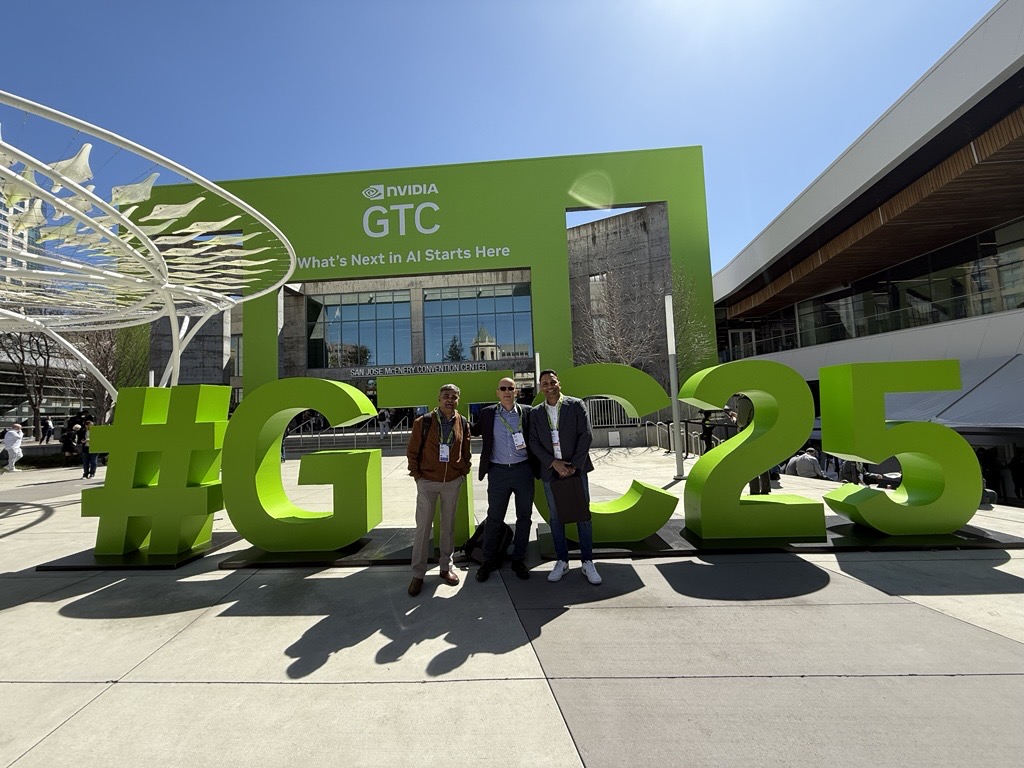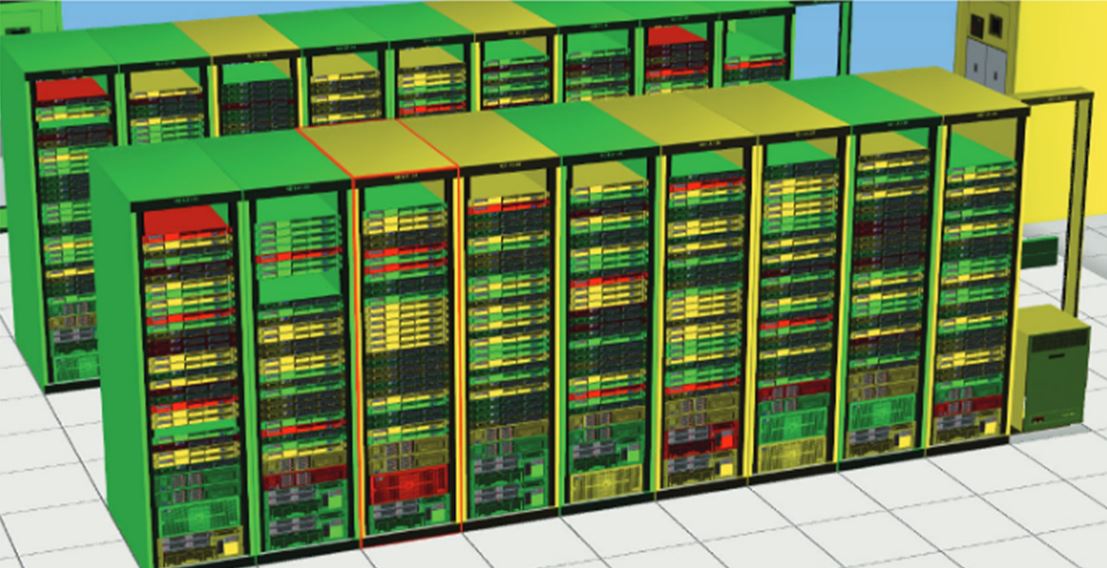Sustainability in action
CommScope works to reduce the environmental effects of our operations, products and supply chains on a global scale. In 2021, we cut our greenhouse gas emissions by 15 percent and water withdrawal by 9.1 percent as compared to our 2019 baseline. Among other milestones in 2022, CommScope was recognized as one of the best environmental, social and governance (ESG) companies by Investor’s Business Daily, and for a sixth consecutive year we received a Gold level Corporate Social Responsibility rating from EcoVadis, which monitors and benchmarks sustainability in supply chains. In addition, Newsweek included CommScope in the publication’s “America’s Most Responsible Companies” list. A longtime industry innovator, CommScope is taking a proactive, multi-attribute approach to helping enterprises decarbonize building and data center connectivity.
Transparency and materials optimization
We take a holistic approach to understanding and reducing the environmental effects of our products throughout their life cycles. As part of our commitment to sustainability, we’re performing comprehensive analyses on our building and data center portfolio. Our teams are analyzing the environmental effects of the materials and chemicals that go into our products. These initiatives will position us to develop breakthrough technology solutions and products that will help us reduce our environmental impact and help our customers meet their decarbonization goals.
For example, we completed life cycle assessments and environmental product declarations on our global copper cable portfolio. We’re currently performing these analyses for our indoor fiber cables. Life cycle assessments quantify the potential environmental effects of products or processes that occur from raw materials extraction to end of life. Environmental product declarations quantify the environmental effects of products and are increasingly being used to calculate buildings’ embodied carbon. Buildings generate 40% of global carbon dioxide emissions, including 13% for embodied carbon, according to Architecture 2030. Embodied carbon emissions are associated with building materials and construction, including structured cabling.
Architecture and technology
How we design and build networks and the products we use have a measurable effect on network carbon footprints. Our experienced team of solution architects and field engineers help customers make the best choices to:
- Reduce and reuse materials
- Maximize density
- Improve efficiency
- Ensure longevity
Our commitment continues
By focusing on initiatives such as these, we are advancing the industry while creating a more sustainable future. Under the leadership of our Board, CommScope ensures that our high standards for sustainability are carried out across the entire organization—through our corporate culture, global operations, and employee education. We prioritize reducing the environmental impact of our products, sites, and manufacturing processes. Our innovative technology, intelligent engineering, and energy-efficient designs minimize waste, reduce operational carbon footprints, and power world-class, environmentally responsible networks. We work with partners with the highest standards, and we foster long-term relationships and sustainable practices from end-to-end of our supply chain.
To learn more about our commitment to sustainability, please read our 2022 Sustainability Report.













